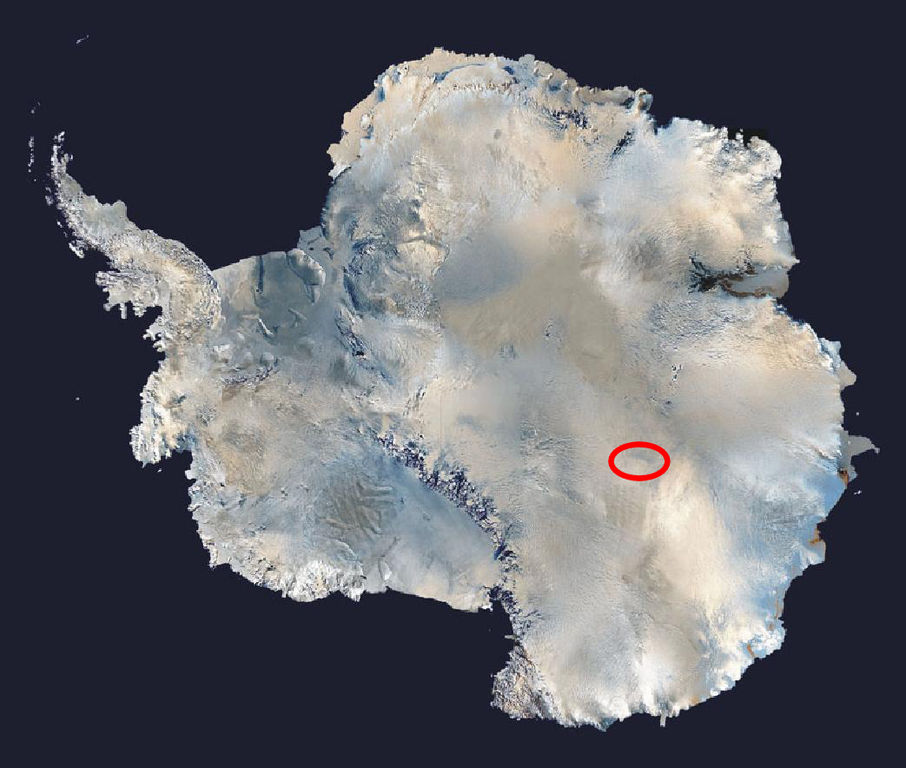28 April, 2016 by Staff Reporter
According to an article released in New Scientist, British researchers have potentially discovered a large under-ice lake in Antarctica, second in size only to the remote Lake Vostok, the largest of Antarctica's almost 400 known subglacial lakes. The announcement comes as data was presented at the European Geosciences Union meeting in Vienna last week, but is tentative pending full confirmation.
The team’s claim comes from satellite imagery, in which they identified grooves on the ice surface similar to those present above known subglacial lakes and channels. The lake is estimated to be around 100 kilometres long by 10 kilometres wide.
“We’ve seen these strange, linear channels on the surface, and are inferring these are above massive, 1,000-kilometre-long channels, and there’s a relatively large subglacial lake there too,” Martin Siegert of Imperial College London, a member of the team that located the lake, told New Scientist.

Researchers from China and the US have flown over the region to gather further data, which they hope to study in May to confirm the presence of the lake.
If the existence of the lake is confirmed, Siegert believes it will be a major boost for subglacial lake research in Antarctica.
Despite the fact that they are overlain by several kilometres of ice, many of these subglacial lakes are interconnected. They hold significant interest to researchers due to their potential to harbour unique organisms and ecosystems that have been isolated from the outside world for millions of years.
The ostensible lake’s proximity to an existing research station in Princess Elizabeth Land, inland from the West Ice Shelf, makes it particularly attractive to research opportunities, according to Siegert.
In 2013 US researchers drilled into Lake Whillans, a shallow lake below the Ross Ice Shelf, and found microbial life in a density comparable to that in many of the world’s deep oceans, and a complex community of bacteria and archaea at least 4,000 species strong. More information about the drilling project is available here: www.wissard.org.
Lake Vostok is the largest of Antarctica's subglacial fresh water lakes. It is 240km long by 60km wide, and is 800m deep at its deepest point.
Lake Vostok is located at the southern Pole of Cold, under the surface of the central East Antarctic Ice Sheet. It sits approximately 4,000m under the surface of the ice, and approximately 500m below sea level.
